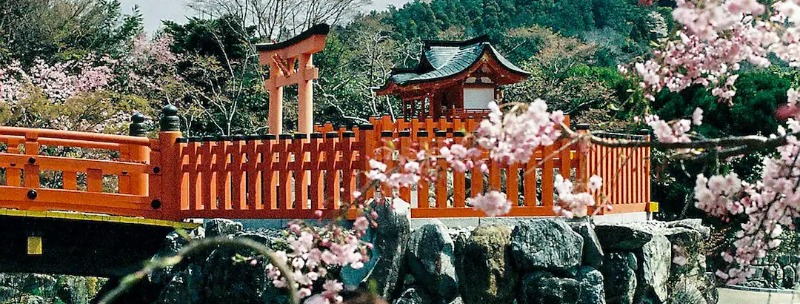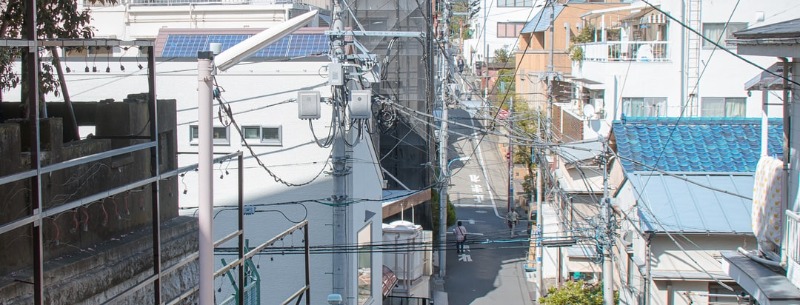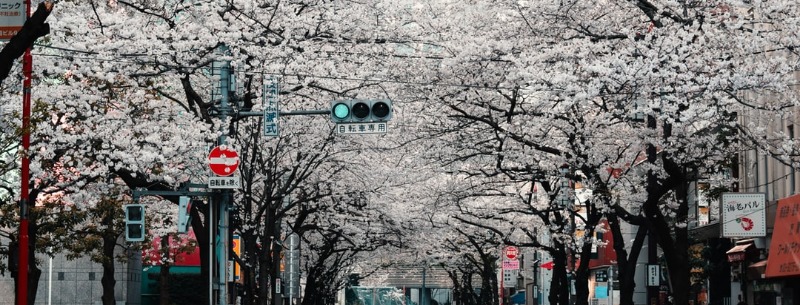2025 Japan Travel Guide
There is no doubt that Japan is expensive but as costs have risen in all countries, it is now seen as an affordable destination. There are also, quite a few budget rooms to be had in various towns and cities across the islands. Japan offers a diverse range of experiences, from nightlife in Tokyo to a trip on the bullet train, from a visit to the monkeys in the hot springs to the snow sculptures in Sapporo.
Three Reasons to Visit Japan
If you are a neat freak, like to be treated with respect, and prefer to feel safe when you travel, you’ll love traveling around Japan.
Japan suffered a huge blow to its tourism sector after an 8.9-magnitude earthquake and associated 13-foot tsunami struck off the east coast of Honshu in March 2011. The resulting nuclear crisis at the nearby Fukushima power plant also served to deter tourists.
Seven months later, numbers are still down. The Japanese tour guides that I had on a couple of our day trips during my visit to Tokyo in October 2011, were so grateful to us for choosing Japan as our holiday destination. I was very pleased that in some small way, I was doing my bit to help rebuild their tourism economy.
Japan exceeded my expectations on so many levels. It was cleaner than I thought it would be. It’s so nice to go somewhere cigarette butts aren’t littering every conceivable public surface. The Japanese people were more polite and deferential than I had imagined; as we were leaving the airport on the limo bus to go to the hotel, the two bus attendants bowed to the bus as it pulled up alongside them and then bowed again as we pulled away.
But best of all, I felt safer there than I have ever felt anywhere on my travels. While I realize that it’s always important to stay wary, I never once felt threatened even with my huge camera around my neck and my money belt in plain view.
Japan is Very Clean
One of the best things, perhaps even THE best thing about Japan was the cleanliness of everything i.e. the roads, the cars, the bus windows, and public spaces; even the construction sites seemed abnormally unchaotic. And it’s no wonder given the harsh penalties for littering in Japan. Signs posted in certain areas proclaim that in beautification enforcement areas you can be fined up to 30,000 yen for littering regardless of nationality or status.
In public spaces, smoking is only permitted in designated areas. In the bus bay at Tokyo airport, you’ll find smoking rooms. Near our hotel in Shiodome, there are roped-off areas for smokers. It’s a little like looking at caged animals in the zoo. However, I’m a non-smoker so secretly, I’m pleased that smokers are openly segregated.
For a city that is so clean, you’ll also be surprised at the distinct lack of rubbish bins. One of our tour guides told us that past terrorist plots in the city had involved hiding bombs in rubbish bins. Therefore, many rubbish bins were removed. In addition, it is expected that if you create rubbish then you should take it away with you to dispose of thoughtfully. If you are absolutely desperate for a rubbish bin, look for one in a public toilet.
Japanese People are very Respectful
If you are from a Western country where respect for your elders, let alone strangers, is more of a notion from a bygone era instead of one that is actually practiced, you’ll find Japan exceedingly old-fashioned – in a good way. Then again, it’s not entirely surprising that tradition is valued here; the imperial house of Japan is the oldest continuing hereditary monarchy in the world.
Tradition, reverence, hospitality, and respect are apparent everywhere. You’ll notice straight away that the Japanese culture is a bowing society. Our tour guide explained that the degree to which you bow is based on the amount of deference you wish to give to the person you are speaking with e.g. 15 – 20 degrees is usual for an everyday greeting. If you are meeting someone very important, then you may wish to bow lower and if you are often doing the wrong thing, then you might find yourself often in bows of 90 degrees or more if you constantly have to apologize.
Japan is a Safe Country to Visit
While I only visited Tokyo, I think it safe to assume that if one feels absolutely safe in a city the size of Tokyo, then you’ll no doubt feel safe wherever you travel in Japan. This is not to say that you shouldn’t exercise caution if wandering the street at 3 am in the morning because I suspect that even in the safest city, there is no need to tempt fate. Japan still has the death penalty for murder and treason.
As mentioned earlier, I felt completely safe on the street and on the train with my camera around my neck and my money belt around my waist. It helps that no one stares or appears to loiter so you never get the opportunity to feel like you are being sized up as a likely mugging candidate.
5 Tips & Cultural Cautions for the Tourist in Japan
There are some things every tourist should know before his or her first time in Japan. This article covers five essentials.
Culture shock is common for Westerners visiting Japan, and perhaps made more intimidating by the fact that English is not the first language there. The transition can be eased, however, by making efforts to understand some of the most common, everyday cultural differences before traveling. These pointers – ranging from how to pay for things to what to expect in public restrooms – will save the traveler stress and embarrassment on some of the aspects most commonly problematic for foreign tourists. You may even impress the locals with your knowledge of etiquette!
1. Japan is a Cash Country.
Credit cards and checks are rarely used in Japan, and in many places are not accepted. Even somewhere as urban as Tokyo, when it comes to purchases, eating out, and other necessary expenses, cash (in yen) will always be the safer bet. Of course, be cautious when carrying large amounts of money, but know also that Japan has relatively low crime rates; it is not uncommon for people to carry the equivalent of one to three hundred dollars in their wallets. Also, it is good to research current exchange rates prior to traveling; this can assist in trip preparations or setting a spending limit.
2. Convenience stores live up to their name.
Convenience stores, or konbini, are fantastic resources for travelers on the go, and in Japan, they are everywhere. The bread, rice balls, and bento are available to make for cheap, fast, and easy meals, and most konbini also have ATMs capable of international transactions. For those who do not feel comfortable carrying generous amounts of cash, this makes yen easy to withdraw on a by-the-need basis. Popular chains include Family Mart, 7-Eleven, Sunkiss, and AM/PM.
3. Shoes are for outside wear only.
It is a Japanese custom to remove one’s shoes when entering homes, schools, and certain traditional places, including many restaurants, inns, and temples. (It’s best to bring at least one pair of shoes that are easy to slip in and out of.) Whether you are staying with a native Japanese host, at a hotel, or a hostel, there will almost certainly be a place near the entrance of the building or a respective room for you to remove your shoes (and sometimes for changing into indoor slippers). When in doubt, look around to see what others are doing.
4. The train is a sacred space.
In Japan, riding the train is treated somewhat like watching a film in the theater. As a passenger, you are expected both to silence your cell phone and refrain from answering it; to do so is considered rude, as is being overly loud when conversing with friends. Texting and conversation are okay but should be kept to a polite volume. Also, be sure to observe and honor priority seats (which are conveniently marked in English) for the elderly, the disabled, the injured, and parents with small children.
5. Toilets range from high-tech to just plain low.
Approach the restrooms in Japan with caution. On the high-tech end, you might encounter western-style toilets which may include functions for seat-warming, bidet rinsing, and in the woman’s case, ambient flushing noises. (Apparently, women in Japan are more self-conscious about using the restroom.) Sometimes these functions are easy to confuse with the actual flush button; if you’re uncertain, refer to the icons accompanying each button, which provide a hint as to what it will do.
On the low-tech end of the spectrum – or rather, just the low – is the traditional squat toilet. These are found more often in older buildings and rural settings and consist of a porcelain capsule tank embedded in the floor. For men and those traveling in more urban areas, encounters with these likely won’t be an issue. Otherwise, be prepared!



